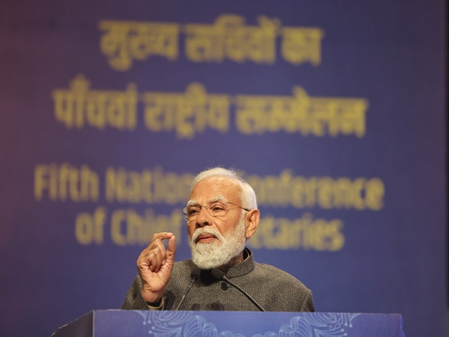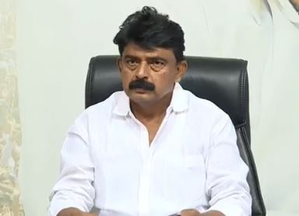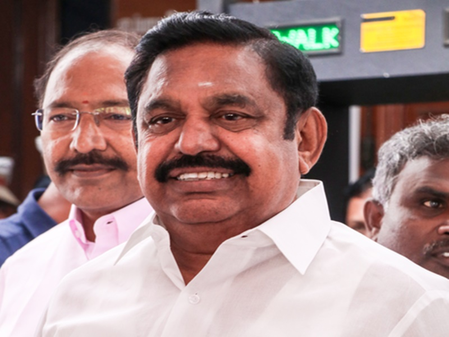
New Delhi, Sep 17 (IANS) Often called the ‘Picasso of India’, M.F. Husain’s unique artistic vision not only celebrated the peculiarity and complexity of Indian culture but also ensured that he was celebrated internationally.
Husain’s artistic journey might have begun in the 1940s, and by the 1950s, but it has not ended even after years of him passing on (2011). Interestingly, he was one of the few artists recognised by even those who had no interest in the arts, his work had become synonymous with Indian modernism. His vibrant color palettes, and depictions of human figures, animals, and mythological themes stunned everyone. While his work may be termed as deeply personal, it never ‘isolated’ him and had resonance the world over.
Born in 1915 in Pandharpur in a Suleymani Bohra family, he got fascinated with art through studying calligraphy while he stayed at a Madrasa.
One of the founding members of the Bombay Progressive Artists’ Group, his modern technique, was inspired by the ‘new’ India post the Partition of the country. His themes — sometimes treated in series — include topics as diverse as Mahatma Gandhi, the British Raj, the Ramayana, Mother Teresa or Mahabhartha using Indian motifs. Early in his life, Husain painted cinema posters in Mumbai and also worked for a toy company to earn additional income.
IANS speaks to several major contemporary artists and tries to decipher what keeps Husain ‘alive’ even now. The auction house Asta Guru is organising a major manifest auction to celebrate his birth anniversary on Tuesday.
Major artist and co-founder of the Kochi Biennale, Riyas Komu feels Husain was a gypsy who celebrated ‘Independent India’ through his remarkable engagement with socialism, modernity, myth, traditions, history, children’s art, design, craft, cinema in a much more enlightening Nehruvian way of Nation Building through bold, confident strokes. “His art remains as a liberal and secular engagement with the nation. In context, I remember the cover he painted in 1964 for the book by Lohia titled ‘The Caste System’.”
Stressing that Husain lived like a Sufi, never had a studio space of his own and painted wherever he went, Romu feels it is important to talk more about the ongoing Hussain Project titled ‘Rooted Nomad’ by KNMA at Venice here. “I think it is a big statement the curator Rubeena Karode is making about the secular credentials of Indian modernists by presenting M.F. Husain on a global stage like Venice. It is the best memorial symbolising the return of an artist’s spirit in the form of a protest,” he adds.
Adding that the late artist passionately walked through the country and continued to discover the country and healing his mind, he had a major influence on him (Komu). “He is a great inspiration to move on in life… I am reminded of Shams Tabrisi — How can there be anyone to blame, when there is only One.”
Stressing that she does not limit Husain only within the ‘modern art’ timeline and that his relevance goes far beyond his contributions to modern art, Delhi-based artist Mithu Sen says his exploration of universal themes, his bold defiance of censorship, and his ability to blend tradition with modernism make his work timeless. “In a world grappling with questions of identity, freedom of expression, and cultural exchange, Husain’s legacy remains profoundly significant, not just for the past but for the present and the future of art. He continues to serve as a powerful example of how art can challenge, inspire, and transcend the boundaries of time,” she adds.
For her, Husain’s impact was multifaceted like blending tradition with modernism, challenging cultural and artistic boundaries, and raising the profile of Indian artists worldwide. “In a true way, he was the first influencer for the Indian art world and the next generation. His work showcased Indian art as dynamic, evolving, and capable of contributing to global art narratives,” she believes.
Sen feels Husain had several ‘edges’ — challenging societal norms, pushing artistic boundaries, being unafraid to tackle sensitive topics, including religion, gender, and politics.
She also says that he was rooted in his ability to innovate and provoke with a combination of fearlessness, experimentation, and cultural synthesis making him one of the most influential and enduring figures in Indian art.
“I first met M.F. Husain as a student in Santiniketan in the late ’90s. I was in awe of his marvellous personality, sitting among hundreds of other students as he painted. I had a big red poinsettia flower in my hair, and what remains most memorable was when, as he was leaving, he walked straight to me and asked for the flower. I gave it to him. There was no drama, no words exchanged — just his quiet focus on what he wanted,” she smiles.
Artist Inder Salim feels Husain’s painting of Pt. Nehru is like a statement of a new progressive India. Considering the fact that everybody was looking at Modernity to feel free, and break the classical form, be it Picasso or Dali, Husain sensed the change at the international level like few others of contemporaries.
“And this is extraordinary, given there was no market those days. Although he stopped experimenting towards the end of his career it was a remarkable journey of a successful artist. He faced the criticism with grace particularly from FN Souza. Regarding the Hindutva forces who stood against him, the credit goes to justice Sanjay K. Kaul for a historical verdict in his favour,” says Salim.
The artist duo Thukral and Tagra remind us that over his charismatic career, during which he created over 10,000 works, Husain established himself as an iconic figure in the Indian art scene. His large scale and bold proportions, using vibrant colours and dynamic illustrate complex themes. “Just like Andy Warhol revolutionised contemporary art with his distinct style and approach — integrating traditional themes with contemporary techniques and expressions,” says Sumir Tagra
Jitin Thukral feels that even today Hussain stands as an iconic figure in Indian art, known for his reflections on India’s evolving identity. “His work often features stylized, simplified forms and figures, characterised by bold lines and an earthy palette of colours, capturing the spirit of a nation in progress,” he adds.
The duo insist that Husain’s ‘edge’ lay in his ability to bring traditional Indian themes with a modernist approach, making his art both revolutionary and accessible. The title of Sunil Khilnani’s podcast, “Hindustan is Free”, captures the spirit of Husain’s work — a reflection of the multicultural and evolving nature of India.
“His works embraced the freedom to express and critique, symbolising a progressive vision of India that was both celebratory and introspective. His polarising yet widely popular series demonstrated his fearless approach to addressing contemporary issues and his commitment to artistic innovation,” they add.
Jiten, who had met the master remembers that it was like connecting with a wise, fatherly figure. “His effortless brushwork and the sheer scale of his paintings are what is left as a portrait of him. When we think about our work and the size of our paintings, it’s hard not to be subconsciously influenced by his unique style and approach,” concludes Jitin.
–IANS
sukant/sha




